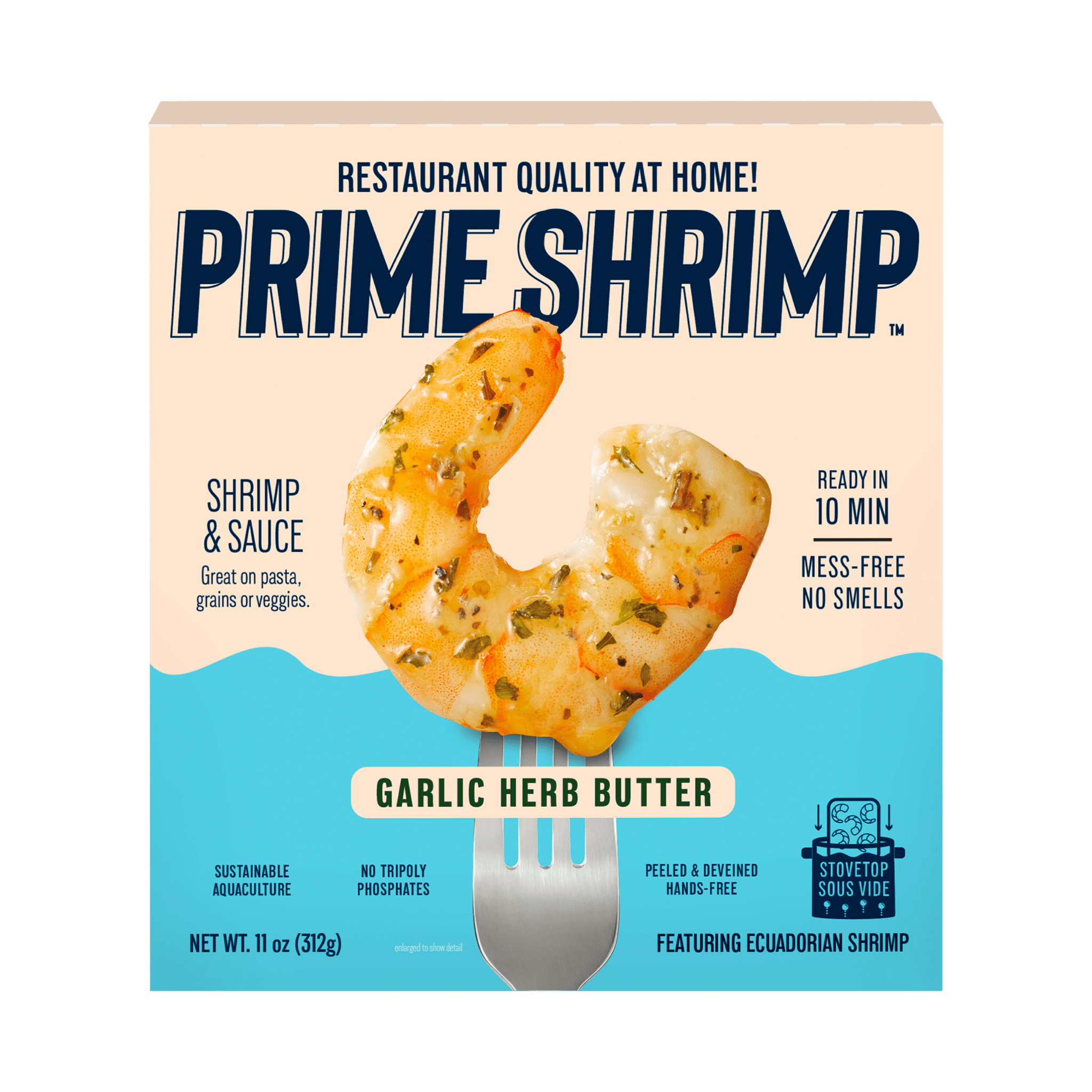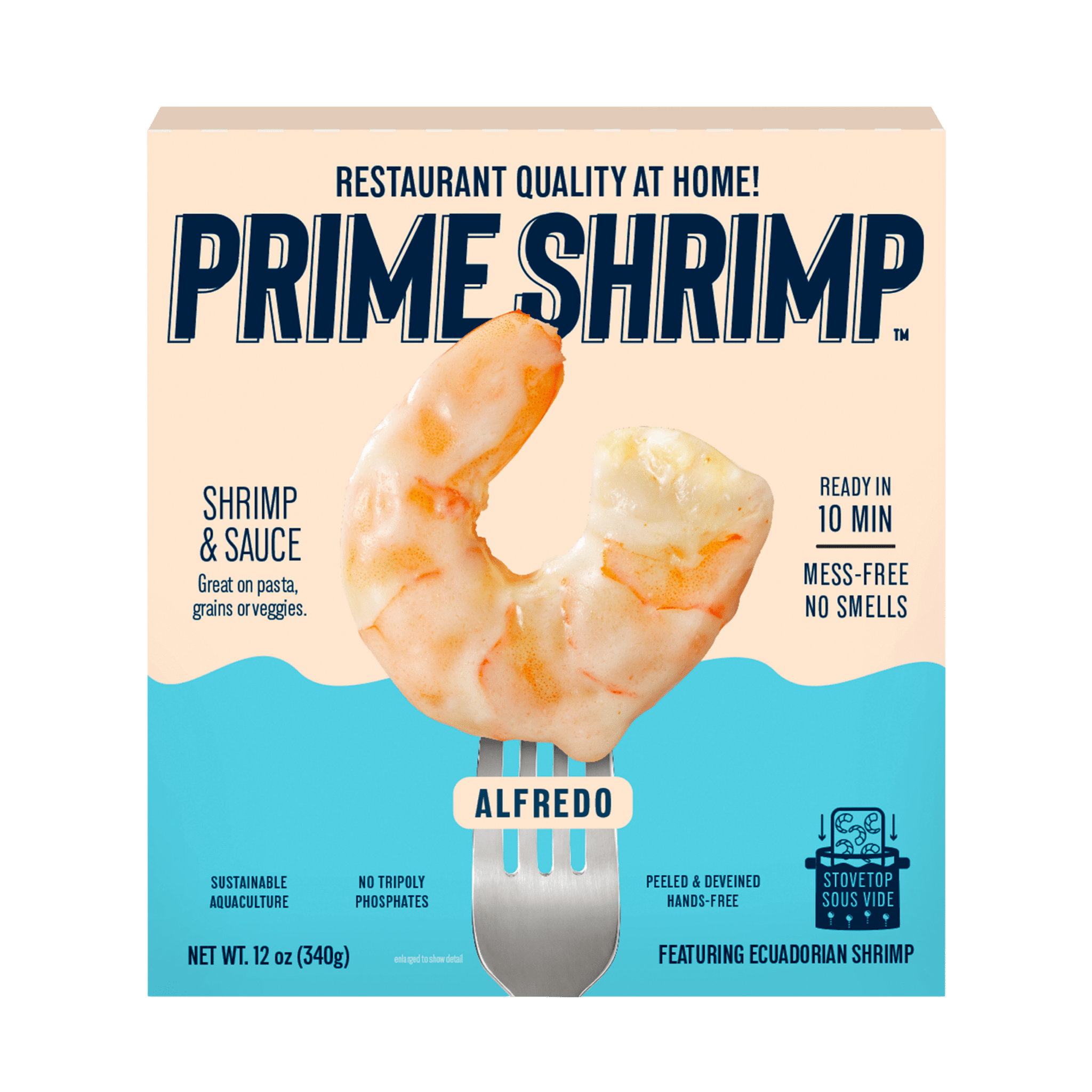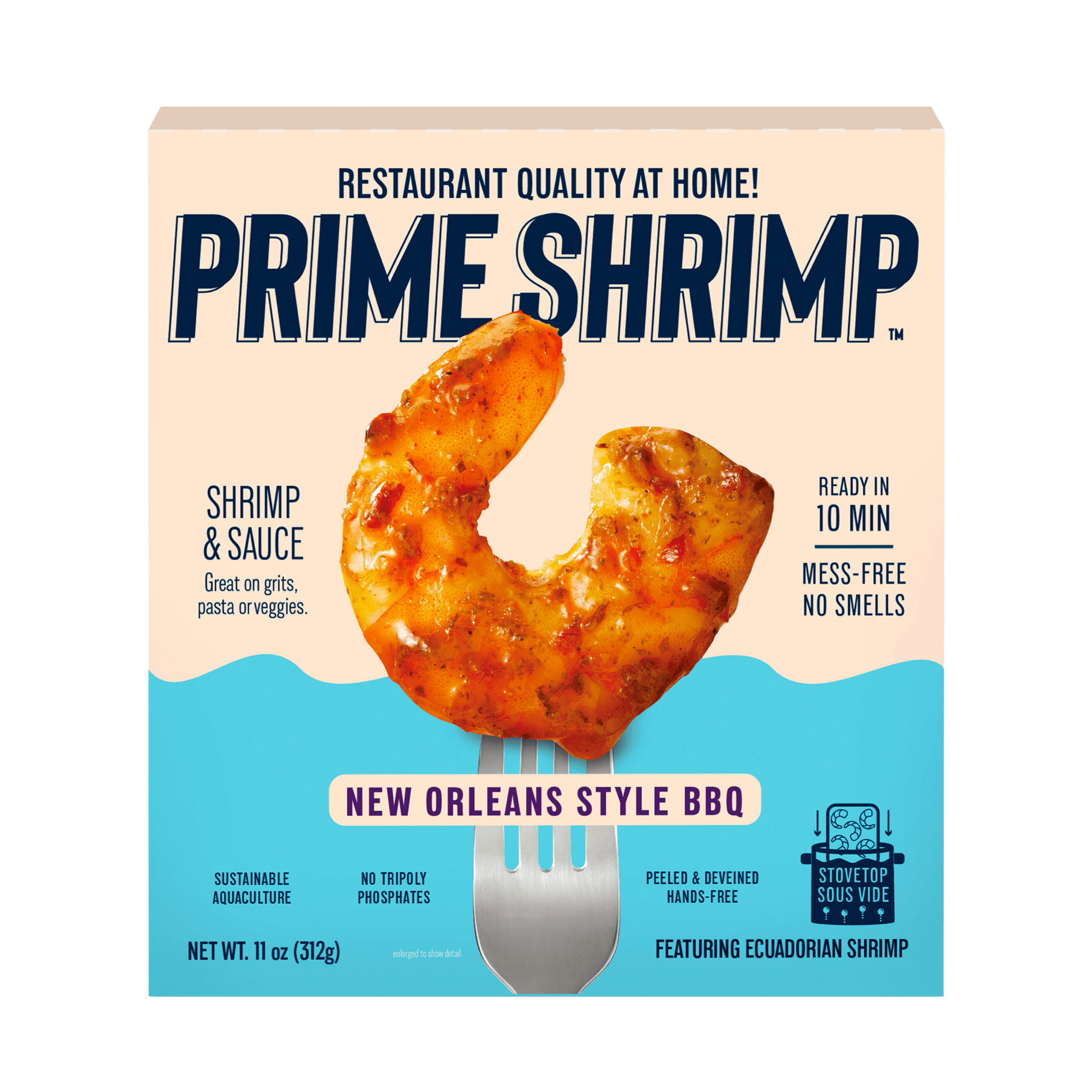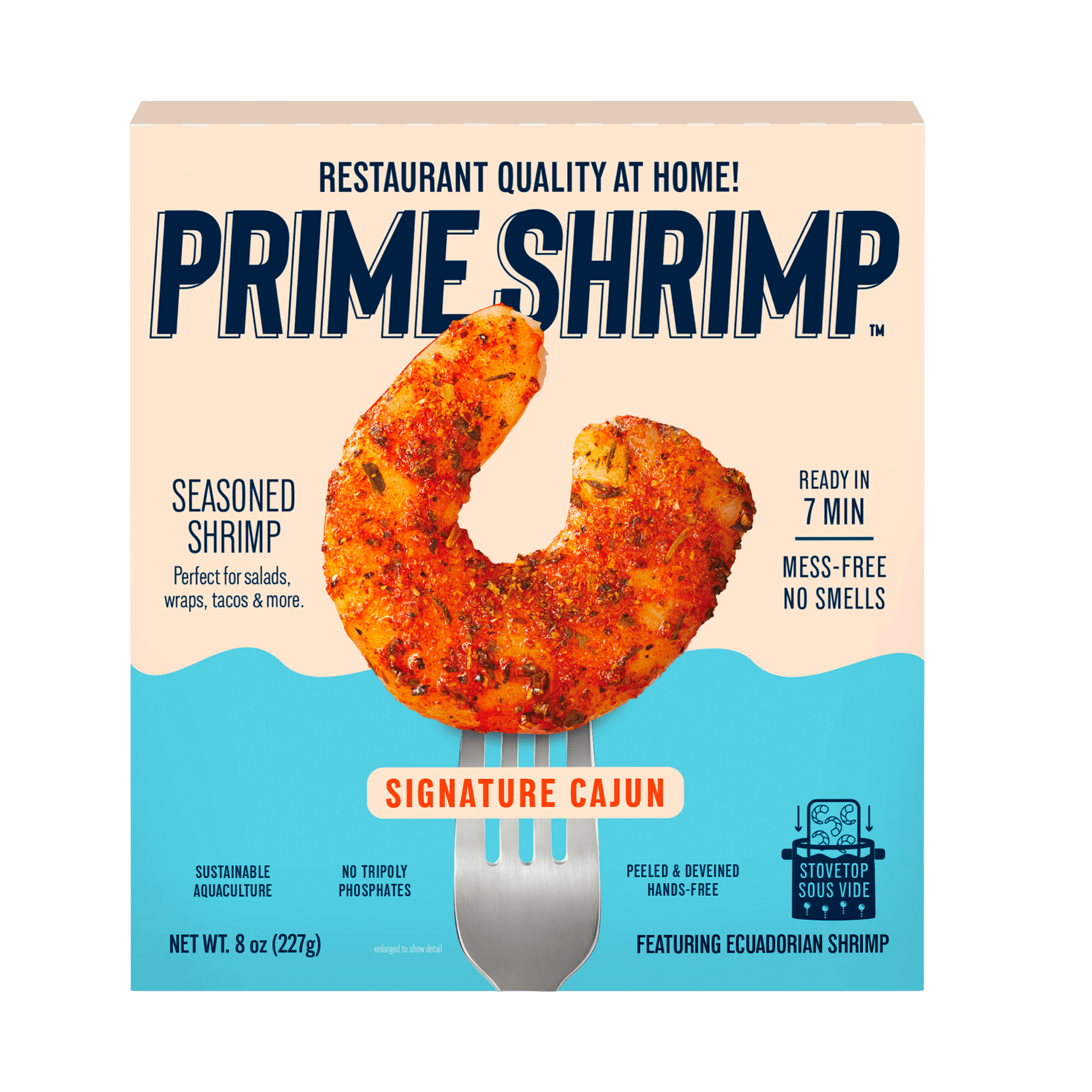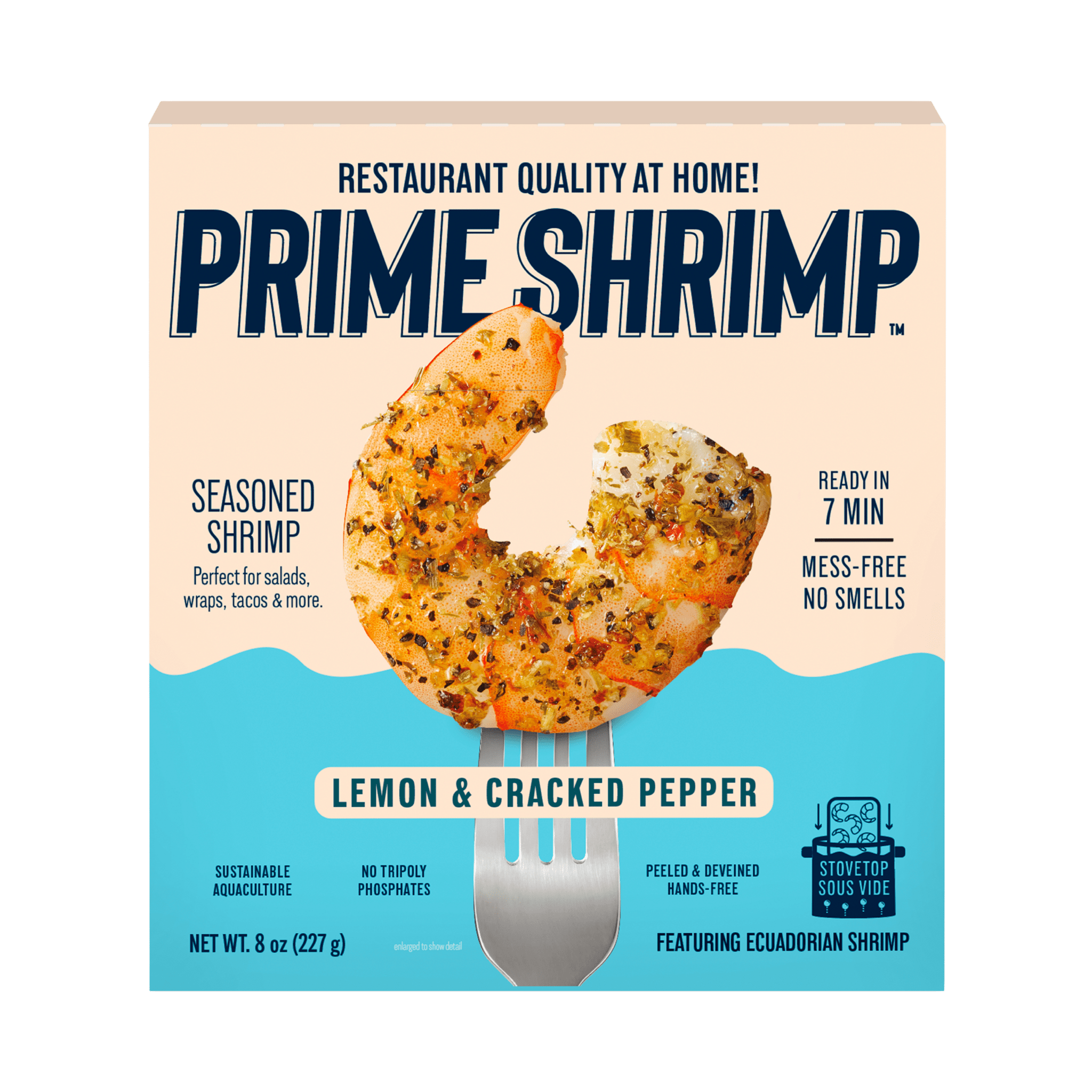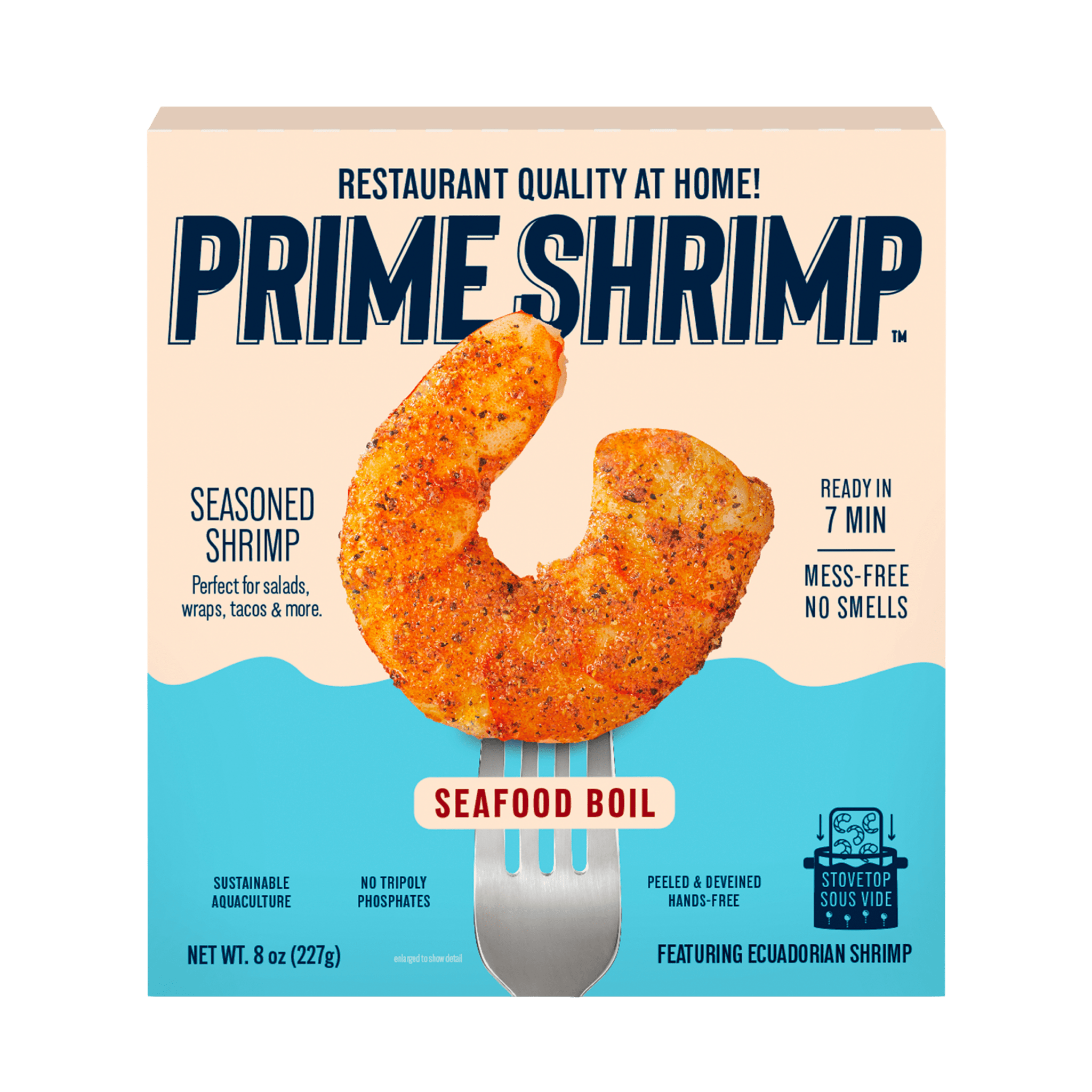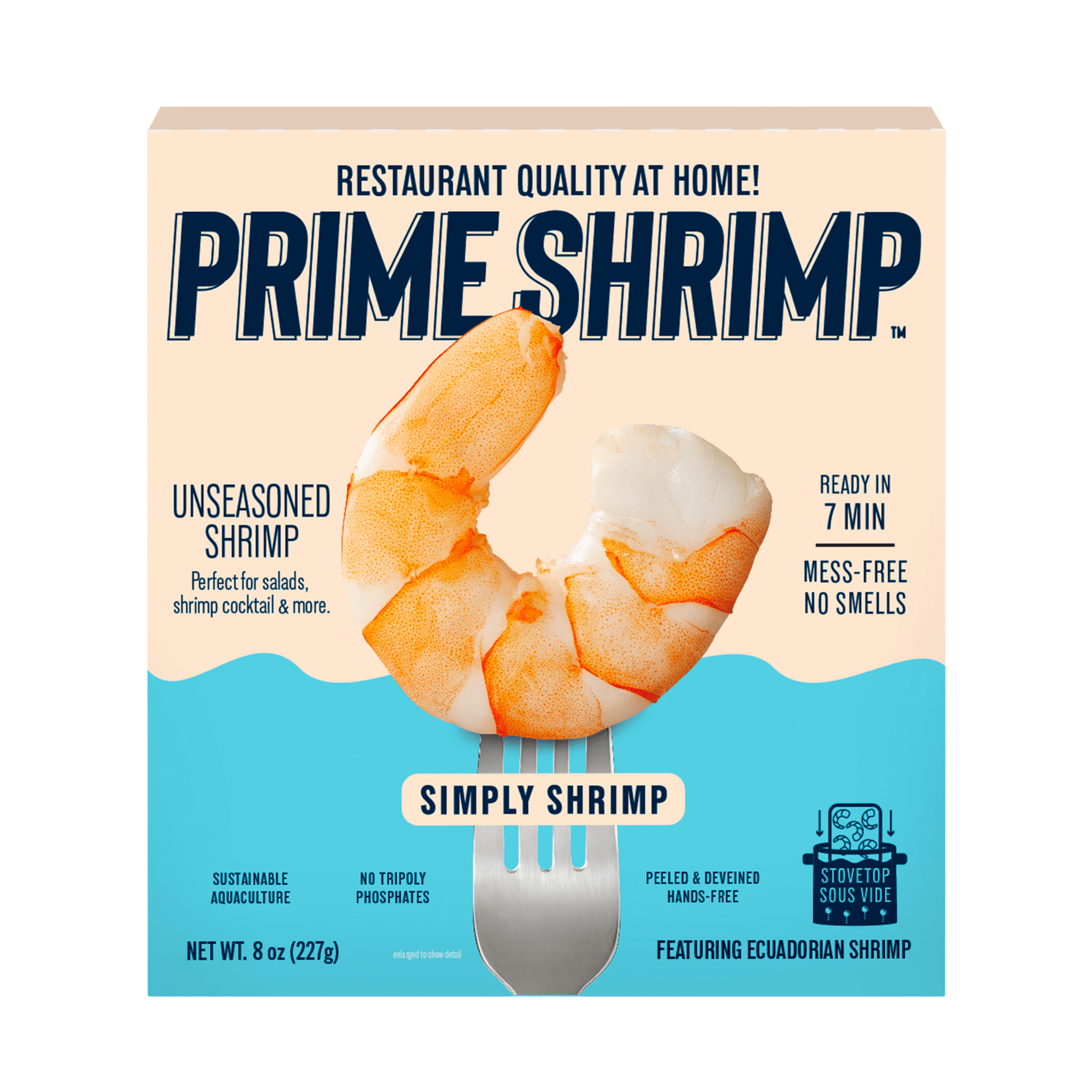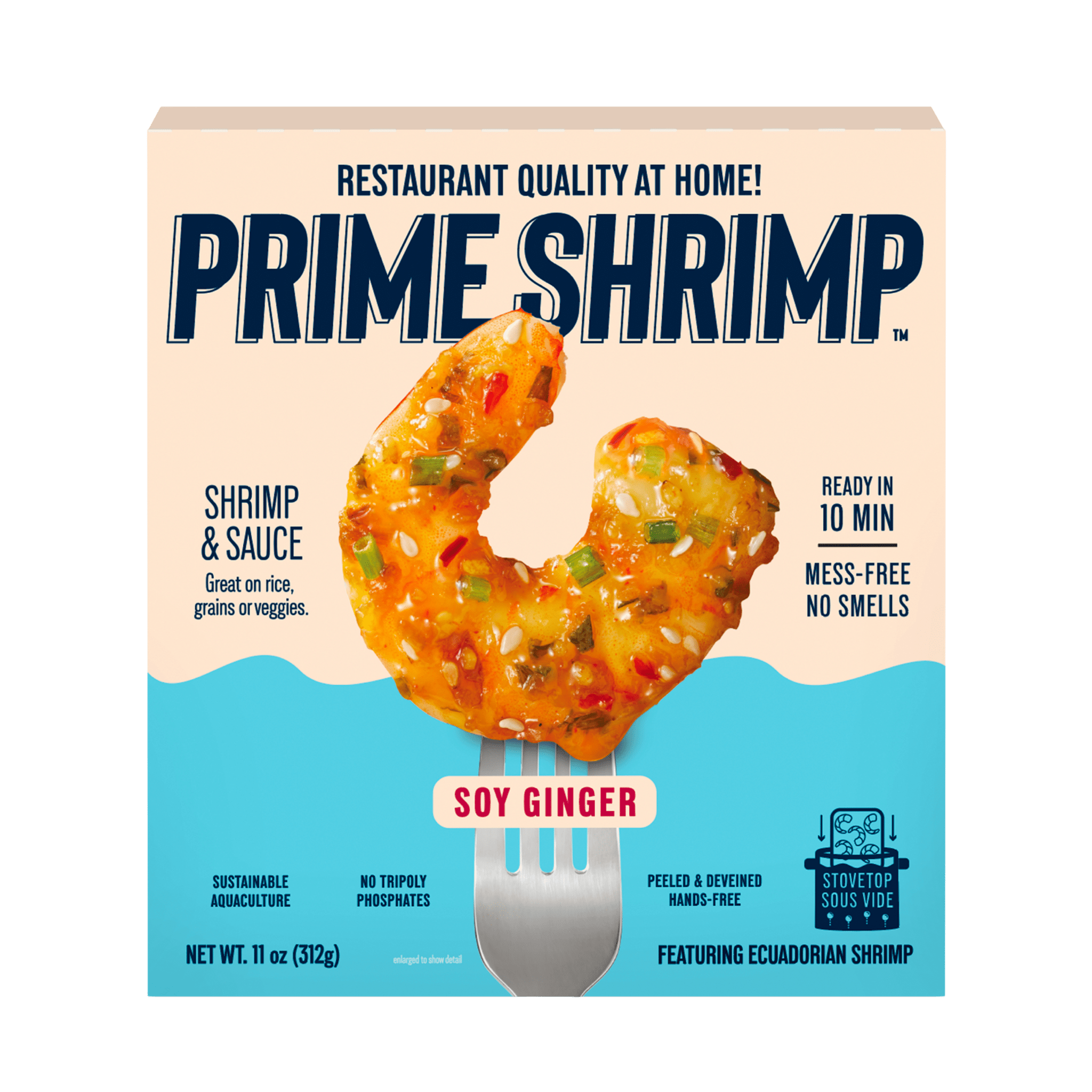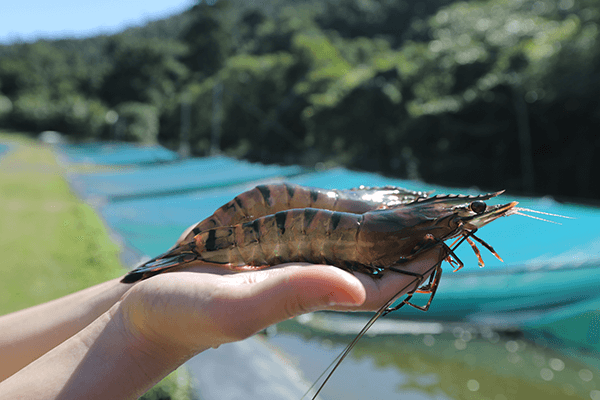

Can You Be Sure Your Shrimp is Antibiotic-Free?
Shrimp imports into the U.S. now total over one billion pounds per year as farm-raised shrimp consumption continue to grow in all parts of the country. However, concerns from global health organizations remain over the use of antibiotics in the production of farm-raised shrimp.
Antibiotics are not approved for use in any shrimp aquaculture, yet antibiotic use is common in many shrimp producing countries.
Why do shrimp farms around the world use antibiotics even as they are banned by the FDA? Highly stressful aquatic environments caused by intensive farming and abusive feed practices make shrimp more susceptible to disease that could destroy a producer’s entire crop of shrimp.
Because the FDA only tests a very small percent of shrimp imported into the U.S., using antibiotics at various points in a shrimp's lifecycle is a risk producers in many countries deem worth taking.
Ecuador is the third largest importer of shrimp into the U.S., and yet over the last decade (2010-2020), not a single container was refused import into the domestic market. Meanwhile, over the same ten-year span, over 1,000 containers were refused from America’s largest and most dominant importers in Asia due to the presence of illegal antibiotics in their farm-raised shrimp.
Ecuadorian ponds are ensured to be antibiotic free by governing bodies across the country which have monitoring programs that go above and beyond international aquaculture certification bodies such as BAP and ASC.
That’s partly why Ecuador’s aquaculture operation has been named the best of its kind by regulating bodies such as the Monterrey Bay Seafood Watch - and exactly why we source only from the top suppliers in Ecuador to create Prime Shrimp.
Share:
More News
-
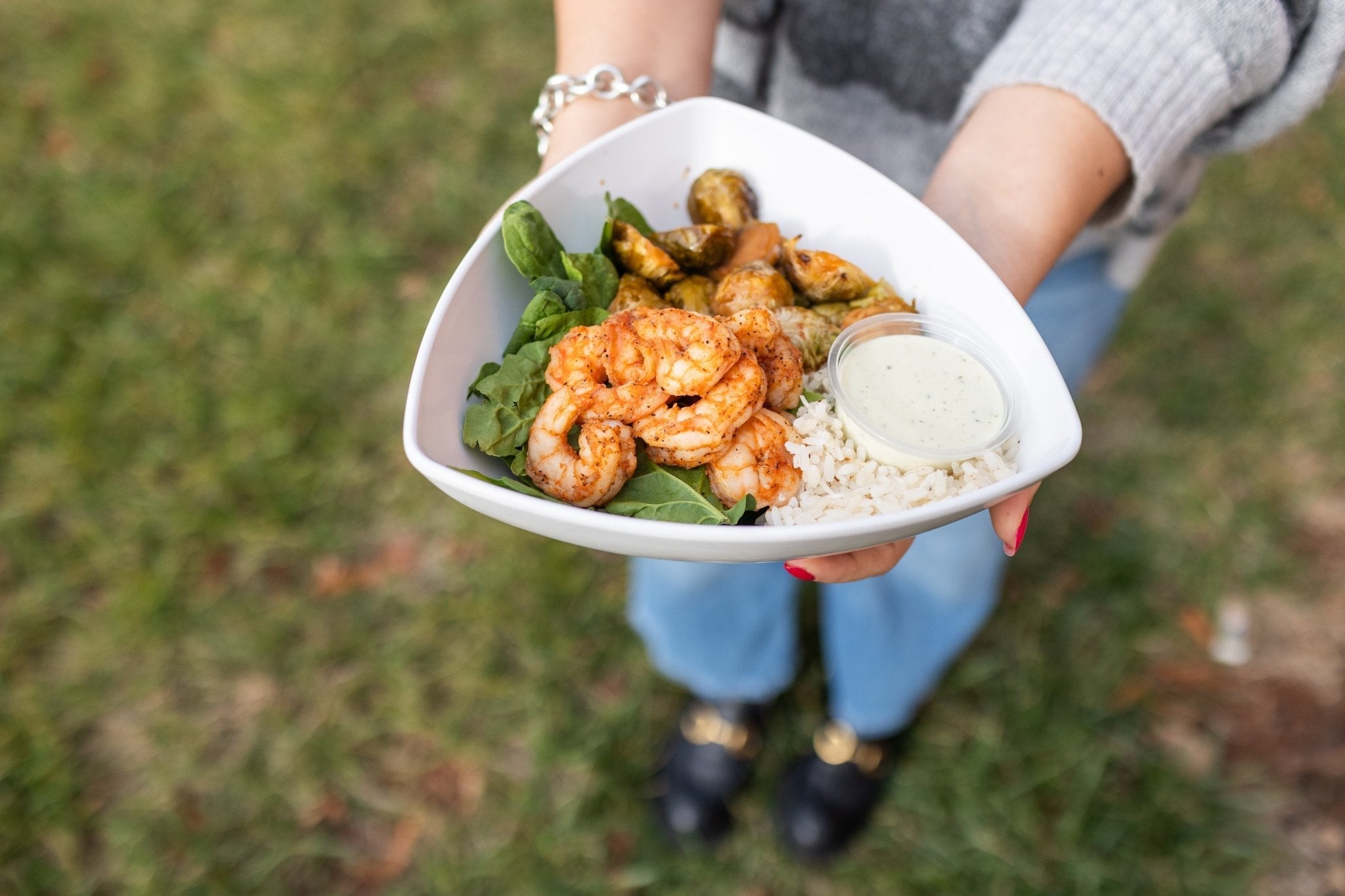
Mahana Fresh Easily Adds Shrimp to Fast-Casual Hot Line Using Prime Shrimp
Looking for new proteins to enhance their menu and entice new customers, Mahana Fresh partnered with Prime Shrimp to create a limited time offer featuring four unique shrimp dishes. The offer performed so well, Mahana Fresh has brought Prime Shrimp on as a permanent menu item in their locations.
-

The Nell Shell Uses Prime Shrimp to Expand Menu, Overcome Space Constraints
With a small space but a large following, The Nell Shell—a seasonal pop-up takeout restaurant specializing in lobster rolls and tinned fish—was looking to expand their menu of lobster rolls with a more affordable, divergent seafood offering. Prime Shrimp’s sous-vide pouches allowed them to easily add 3 new sandwiches to menu, delighting customers while maximizing space.
-

Prime Shrimp’s Sous Vide Pouches Set Sail on the Steamboat NATCHEZ and Riverboat City of New Orleans
By choosing Prime Shrimp over a traditional IQF or bulk-frozen shrimp, New Orleans Steamboat Company was able to add multiple shrimp options to their menus, guaranteeing the same profit margins across a variety of dishes and event types.



